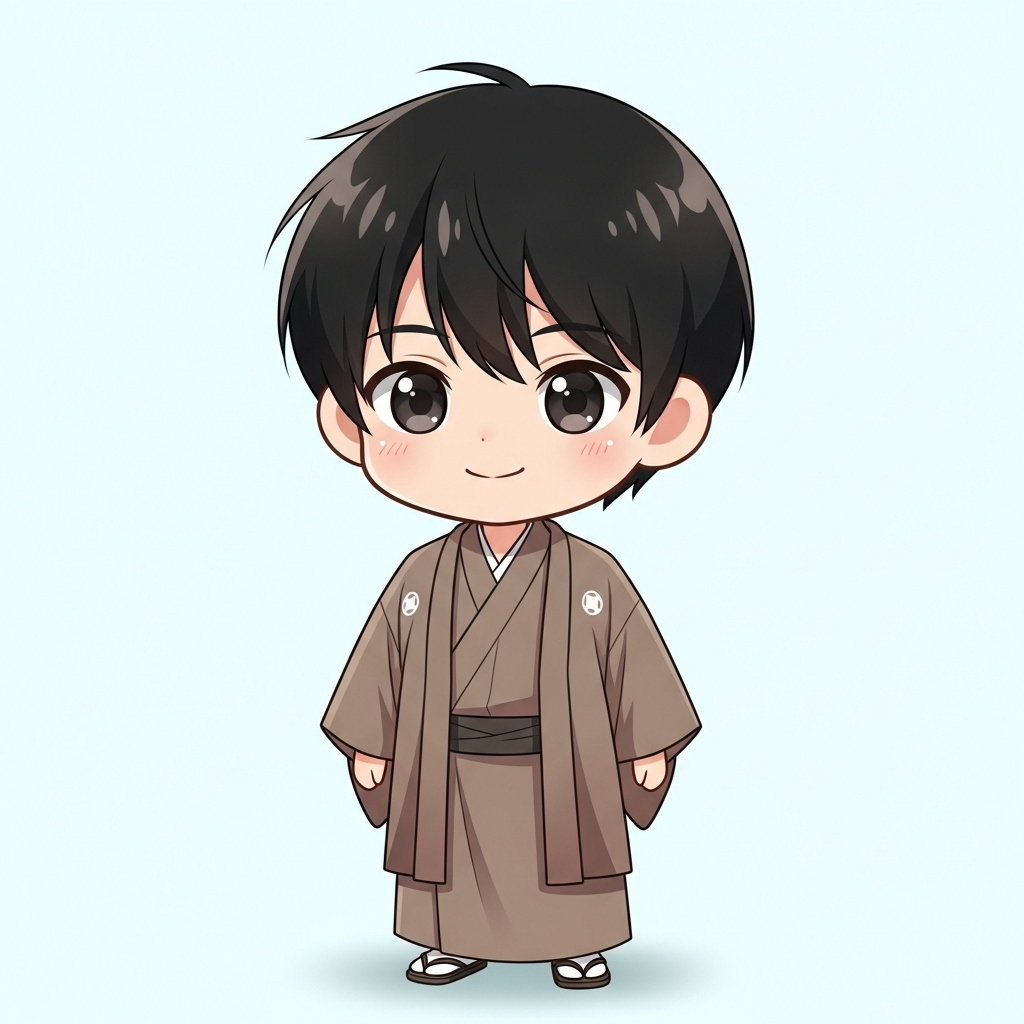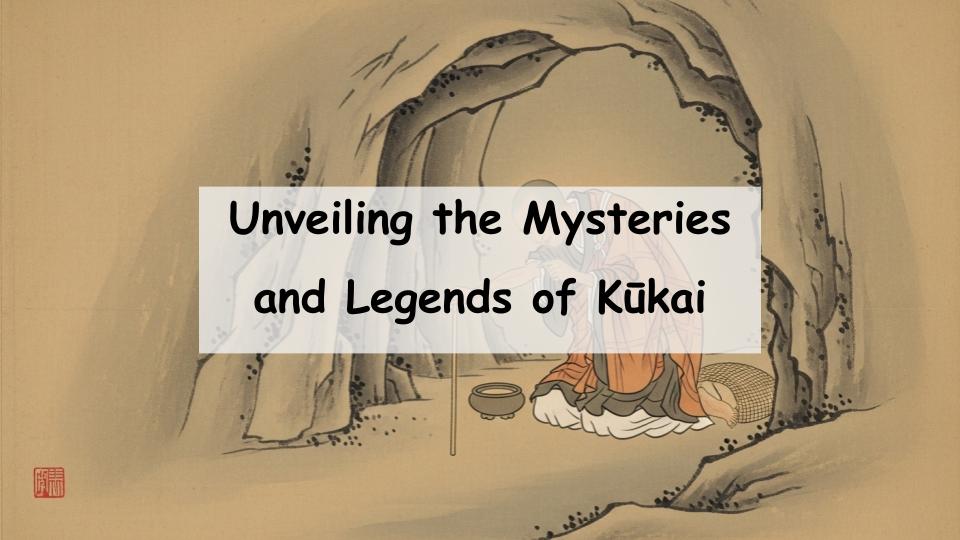When researching Kūkai, many people wonder, “What was his background?” and “What legends surround him?” Kūkai was a remarkable figure who had a profound impact on Japanese history, and his life and accomplishments hold deep fascination. This article clearly presents Kūkai’s early life, famous legends associated with him, and the significant achievements he left behind. By reading this, you will gain a deeper understanding of Kūkai’s personality and appreciate his greatness.
A Detailed Look at Kūkai’s Background
Early Life and Training
Kūkai was born in 774 in the Sanuki Province (now Kagawa Prefecture). From a young age, he was intelligent and excelled in studies, especially in Chinese classics and Buddhism. Although initially aiming to become a government official, he eventually devoted himself fully to Buddhist training. He began his rigorous studies at Tō-ji Temple in Kyoto, learning many scriptures and developing spiritually.
Study in Tang China and Mastery of Esoteric Buddhism
In 804, Kūkai traveled to Tang China, where he studied esoteric Buddhism (Shingon Buddhism) at the Qinglong Temple in Chang’an. There, he mastered the secret teachings of Shingon Buddhism and returned to Japan with the mission to spread these teachings. This journey was a turning point, laying the foundation for his religious career.
Return to Japan and Early Activities
After returning, Kūkai gained trust from the imperial court and aristocrats and actively promoted esoteric Buddhism. He founded Mount Kōya as a major center for training and worship, nurturing many disciples. He also contributed to public works and social projects, influencing not only religion but also politics and culture.
The Legends Surrounding Kūkai and Their Meaning
A Collection of Mysterious Stories
Numerous legends are told about Kūkai, such as stories about him writing many scriptures overnight or successfully performing rain-making rituals. These tales symbolize his supernatural abilities and profound faith, earning him deep respect from many.
The Image of Kūkai Through Legends
The legends reveal a complex image of Kūkai, highlighting both his mysticism and humanity. He is depicted as a strict ascetic yet compassionate teacher who cared deeply for his disciples. These stories connect closely to the core of his teachings and have influenced many generations.
Historical Context of Kūkai’s Legends
Kūkai’s legends are not just tales but reflect the social and religious background of his time. They relate to the spread of esoteric Buddhism and the cultural development of the era, demonstrating the importance of his achievements. Understanding these legends is key to grasping his historical significance.
Kūkai’s Achievements and Their Impact
Founding Mount Kōya and Its Religious Significance
Mount Kōya, founded by Kūkai, is renowned as the sacred site of Japanese esoteric Buddhism. It serves as a place of training and worship and attracts many followers. More than just a collection of temples, it is a vital hub for spreading Shingon teachings and holds a prominent place in religious history.
Acclaimed Calligrapher and Poet
Besides being a religious figure, Kūkai was an outstanding calligrapher and poet. His works are highly regarded, giving rise to the saying, “Kōbō never chooses his brush,” meaning his skill was unparalleled regardless of the tool. His poetry reflects profound spirituality and has left a lasting mark on Japanese culture.
Cultural Legacy in Modern Times
Kūkai’s teachings and activities continue to influence the present day. Beyond religion, his legacy shapes Japanese traditional culture, education, and spirituality. His achievements transcend time, living on in the hearts of many.
Exploring the Multifaceted Personality of Kūkai
As a Religious Leader
Kūkai is known as the founder of Shingon Buddhism in Japan. His profound teachings offered spiritual guidance to countless followers. His core as a religious leader was a combination of rigorous practice and deep compassion.
As a Politician and Cultural Figure
Kūkai also played a political role. His close ties with the imperial court helped promote social reforms and cultural advancements. He was a multidimensional figure beyond just a religious leader.
Philosophy and Teachings of Kūkai
Central to Kūkai’s philosophy is the concept of “Sokushin Jōbutsu” — achieving Buddhahood in this very body. This idea encourages realizing one’s Buddha nature in everyday life and has provided spiritual support to many. His teachings hold universal relevance even today.
Tourist Spots Related to Kūkai
Highlights of Mount Kōya
Mount Kōya is a famous pilgrimage site established by Kūkai, featuring numerous temples and sacred sites. The harmony of natural beauty and historical architecture offers a deeply moving experience. Okunoin, Kūkai’s mausoleum, is especially popular among visitors.
Temples Associated with Kūkai
Many temples linked to Kūkai exist across Japan, including Tō-ji Temple in Kyoto and Zentsū-ji Temple in Kagawa Prefecture. These sites allow visitors to experience his teachings and history firsthand and are frequented by worshippers and tourists alike.
Museums and Exhibitions Honoring Kūkai
Museums such as the Reihōkan at Mount Kōya and the memorial museum at Zentsū-ji display Kūkai’s calligraphy, crafts, and documents. These institutions provide valuable insights into his greatness and contribute to a deeper cultural understanding.
A Message from the Guide

Kūkai was unconventional but had so many talents. He really feels like the main character, and that’s why I like him.








Comment